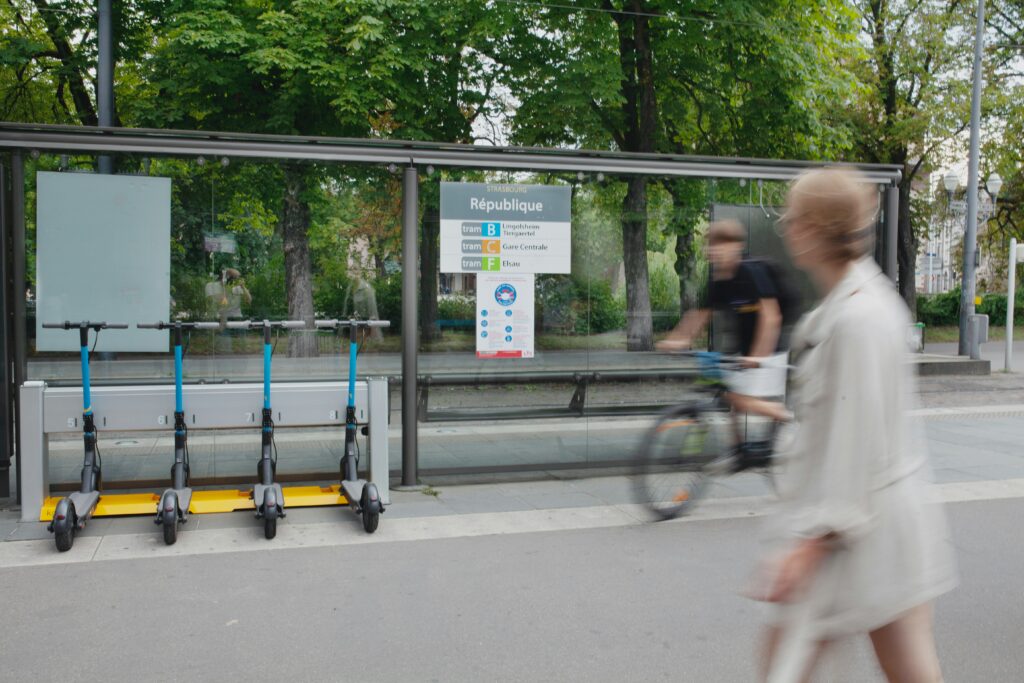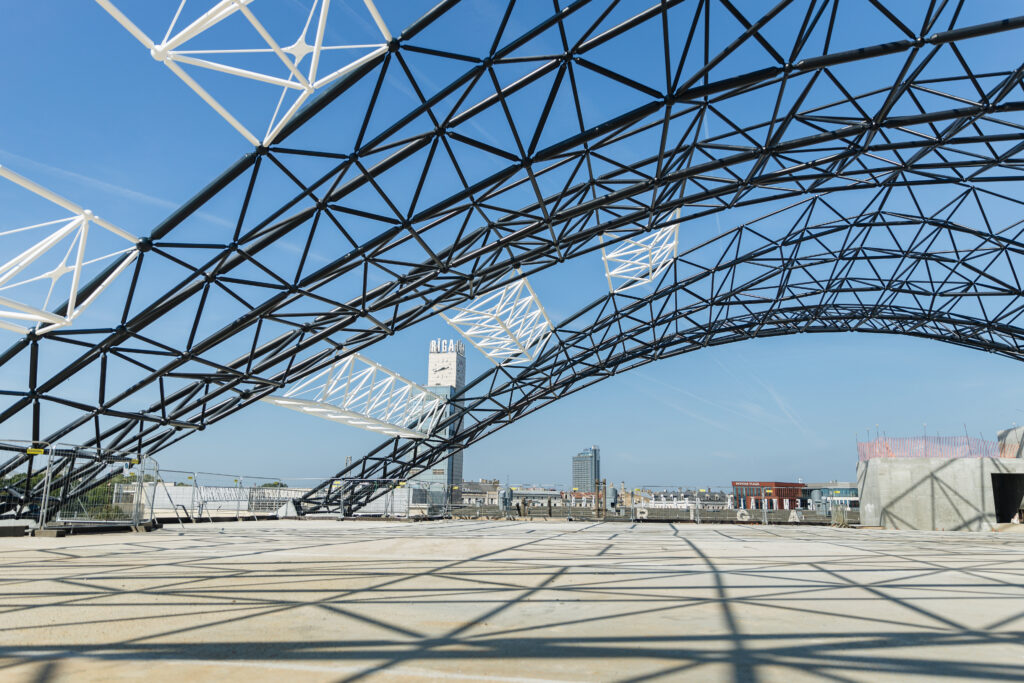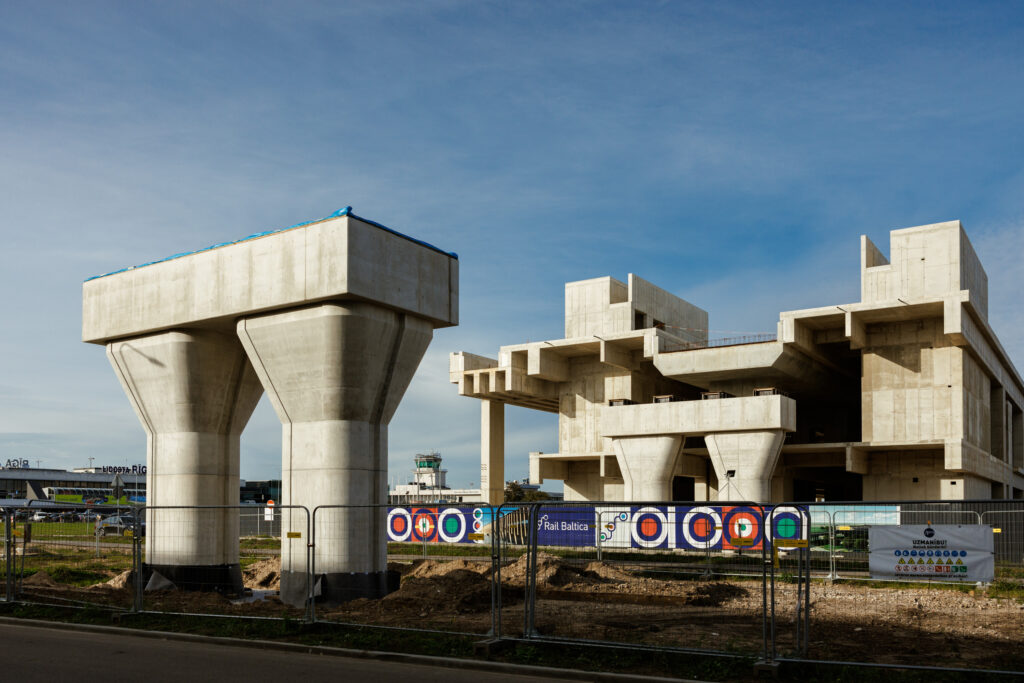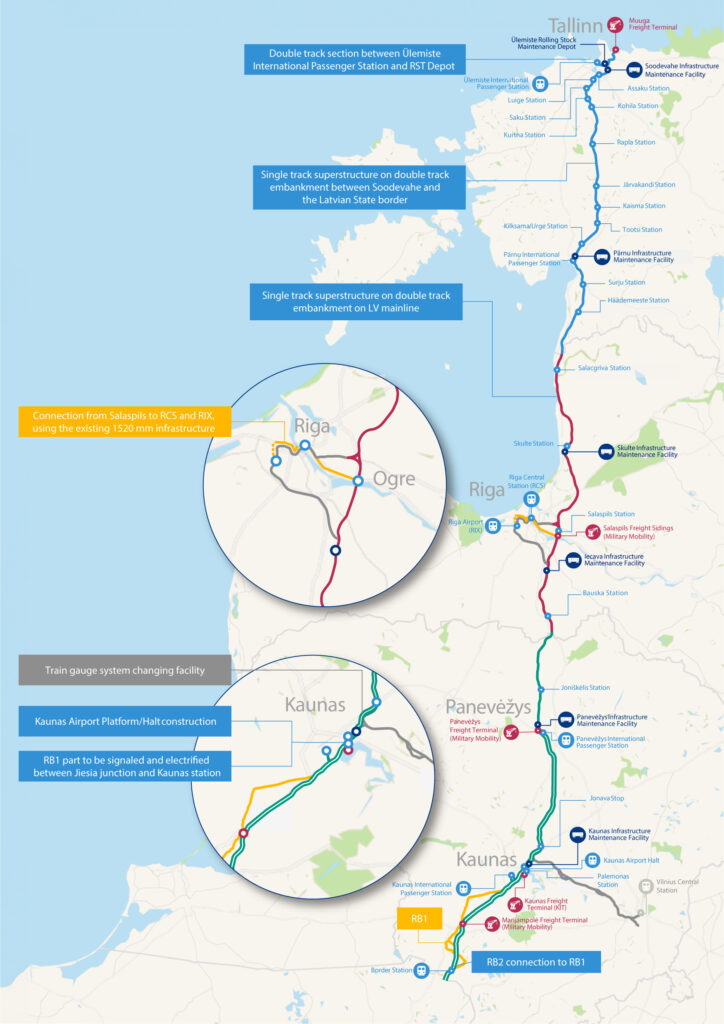Bridging Europe’s Mobility Gaps
Europe’s regions lead the way as the continent sets a new gauge for connectivity.
Europe’s transport landscape is a diverse patchwork quilt that morphs in design and character as you move around the map. It is a landscape that reflects the varied histories, geographies, economies, and cultures of a continent that endeavors to build deeper connections at a time when we must move beyond our reliance on fossil fuels.
It’s easy to focus on the contrasts. The often-rickety Soviet rail networks of parts of central and eastern Europe feel eras away from the glitzy high-speed trains that pulse through Spain, France, Italy, and Germany. Countries like the Netherlands lead the charge when it comes to electric vehicle charging points, with 144,000, which equates to 23% of all charging points in the EU, according to the European Alternative Fuels Observatory. Less affluent nations lag far behind, with Latvia, for example, home to just 535 and Cyprus just 329.

Cyprus is, however, implementing sustainable travel initiatives to connect rural mountain communities with the spoils of a growing sustainable tourism industry through the development of new bike paths, hiking routes, and electric vehicles. And in Barcelona, Artificial Intelligence is helping to make cycling routes safer.
These regional and municipal-level transport initiatives show that beneath the contrasts and comparisons, there is a unifying search for sustainable transport initiatives. It is one that receives billions of euros of backing from the European Union. Initiatives come in all shapes and sizes. Let’s start with the big, bold, and risky.
Engage the gauge
Estonia, Latvia, and Lithuania face a curious transport issue – their railways gauges are out of sync with the rest of the EU. While the majority of Europe uses the ‘standard’ or ‘European’ gauge, most rail lines in the Baltics still use the wider Russian gauge. This hangover from the Soviet era, when the region’s infrastructure was geared toward freight movement with Russia rather than passenger travel with the west, makes it difficult to connect the Baltics seamlessly to Western and Central Europe via Poland. This presents a barrier to deeper economic integration, sustainable growth, and the kind of low-emission mobility Europe needs to meet its climate goals.

The Rail Baltica project seeks to bring about railway revolution with a vast electrified rail network connecting the Baltics with Poland and beyond. Spanning 870 kilometres, it will combine high speed passenger lines and freight networks connecting Helsinki (by ferry), Tallinn, Pärnu, Riga, Panevėžys, Kaunas, Vilnius, and Warsaw. The plan has the potential to slash greenhouse gas emissions by hundreds and thousands of tonnes annually by reducing the need for road and air travel in the region, the project says.
The Rail Baltica project seeks to bring about railway revolution with a vast electrified rail network connecting the Baltics with Poland and beyond.
Road transport accounts for just over 73% of transport emissions in the EU, which has a total fleet of around 250 million private vehicles, European Commission estimates suggested in 2022 — that’s around 560 cars per 1,000 people. Flights make up nearly 14% of the EU’s transport emissions, according to the bloc’s own calculations and global emissions from international flights could triple by 2050, the International Civil Aviation Organisation has said.

In the 2024 report Connection Failed, Greenpeace Central and Eastern Europe analysed 990 routes between 45 European cities and found they were “still far better connected by air than by rail.” The campaign group specifically identified “huge gaps in our rail network” due to “misguided mobility spending priorities.”
Rail Baltica claims it could reduce annual carbon emissions by 150,000 tCO2e (that’s tonnes of carbon dioxide equivalent, used as a catch-all term for all greenhouse gases) by 2030 and 400,000 tCO2e per year by 2050.
Bumpy ride
Such a massive cross-border undertaking is naturally susceptible to unforeseen twists and turns in the road. The gargantuan project, majority funded by the EU’s Connecting Europe Facility with significant contributions from Estonia, Latvia, and Lithuania, comes at an estimated cost of over 23 billion euros over two phases, the supreme auditing bodies of the three Baltic nations said in a joint statement in 2024. This is four times what was initially tabled back in 2017. The first phase of the plan, which aims to connect Tallinn with the Polish border by 2030, is set to cost 15.3 billion euros – all going well.

In the same statement, the audit bodies warned that the Rail Baltica project faced a budget deficit of 10-19 billion euros and pointed out a potential EU funding gap between 2027 and 2028 due to financial framework norms. Rail Baltica responded in a statement acknowledging the rising costs, but attributing them to inflation, more accurate data, and increased scope, while adding that the economic benefits are due to eclipse outlay with an estimated 48 billion euros for the Baltic states, a figure that has nonetheless been questioned by local media.
In a statement to REVOLVE, Rail Baltica’s Head of Sustainability, Health and Safety, Iveta Jēgere, said the project “brings completely new expertise to the region – knowledge on how to design and build a modern, resilient high-speed railway that will serve society for at least the next 100 years.” She added: “For people and communities, Rail Baltica will bring better accessibility, new opportunities for business, tourism, and cultural exchange, and a renewed sense of belonging to Europe after decades of isolation.”
Rail Baltica will bring better accessibility, new opportunities for business, tourism, and cultural exchange, and a renewed sense of belonging to Europe after decades of isolation.
Iveta Jēgere, Head of Sustainability, Health, and Safety at Rail Baltica
European Coordinator Catherine Trautmann said of the plan: “Rail Baltica will make it easier for people and goods to travel between the Baltic States and to the rest of the EU. The EU will grow closer together, for leisure travel, economic development, and our common security. In the current geopolitical environment, building Rail Baltica is a necessity.”
More than trains
While Rail Baltica is the headline act, the region is also making major strides in other areas of sustainable transport. In August 2024, the three Baltic nations launched the Baltic Mobility Collaborative (BMC), a forward-looking partnership that is making low-emission, smart mobility a reality across borders.
It brings together national transport and mobility associations to create systems that are more sustainable and efficient. This includes coordinated ticketing systems, shared bus services, and integrated logistics networks that streamline the movement of goods and people across the region.
Working closely on the project, Valts Murāns, Team Lead at ITS Latvia, said: “The Baltic Mobility Collaborative was created out of necessity. We can see all the ways that our nations and our regions are similar, but we must combine our strengths and increase the potential of our markets for innovation.”
By working together to avoid duplication, the region can lower costs and accelerate the transition to sustainable mobility. Shared services mean fewer vehicles on the road, while smart delivery systems reduce congestion in cities. Importantly, the BMC is also supporting smaller towns and municipalities in their transition to green energy, ensuring that innovation doesn’t stop at city limits.
As Edgars Starkis of the Latvian company Rift Traffic goes on to explain: “We’re not just trying to move people. We want to move them in ways that reduce emissions, revitalise our cities, and build a greener economy.”
Beyond the Baltics
The second quarter of 2025 saw a record number of new fully electric vehicle registrations in western Europe, according to research analyst Matthias Schmidt. And while the rapid increase in EV registrations prompts certain questions it also makes clear the need for modernised infrastructure that makes the electric vehicle experience easier and encourages their further uptake.

Research organisation ERTICO is involved in several projects working towards this endeavour, including ePowerMove and ZEV-UP, which address challenges of affordability and accessibility with regards to EV charging points and vehicles in urban settings, respectively.
Andrew Winder, Senior Project Manager at ERTICO, pointed out that European cities are especially ideal settings for scaling up small electric vehicle usage. “Our cities are older, more compact, and more congested compared to places like the U.S. That creates an urgent need for smaller, cleaner vehicles that can navigate tight spaces and meet pollution targets,” he told REVOLVE in an interview at the 16th Intelligent Transportation Systems (ITS) Congress in Seville, Spain, in May 2025.
Improved charging infrastructure and public awareness around electric vehicle systems are needed to boost the transition towards a larger EV fleet, he added. “Fleet incentives are key. When companies, delivery firms, bus operators, and logistics providers electrify, it creates demand and visibility. That’s where public money and policy can have the biggest impact.”
I want to ride my bicycle
When it comes to cycling, there are some obvious countries at the head of the peloton. In the Dutch cities of Utrecht and Zwolle, the Sniffer Bike project turned bicycles into roaming air quality sensors. A country that reportedly has more bikes than people makes a perfect testing ground for initiatives that seek to convert these humble vehicles into intelligent transport nodes.

Meanwhile, in Barcelona, Spain, and Sarajevo, Bosnia and Herzegovina, the AI-powered project SCREEN sought to improve cycling safety and infrastructure through intelligent computer vision scanning of bike lanes.
Local authorities in the mountainous Troodos region of Cyprus are also using bike lanes — as well as new walkways — as an infrastructure plan that seeks to tap into the benefits of sustainable tourism for rural communities. Four villages are participating to foster their connections in collaboration with the EU-funded Regions4Climate project.
Connecting the dots
Representing nearly a third of the EU’s emissions, addressing challenges in the transport sector is vital . It also presents opportunities. From flagship infrastructure projects like Rail Baltica to hyper-local cycling initiatives in rural Cyprus, efforts to decarbonise mobility are ongoing at every scale. This transition to more sustainable modes of transport goes hand in hand with political and cultural shifts as well.
The benefits of sustainable travel alternatives need to be made abundantly clear and shifts away from fossil fuels must be rewarded, subsidised, and made accessible to all. This patchwork of sustainable mobility movements demonstrates how a continent can move forward together.